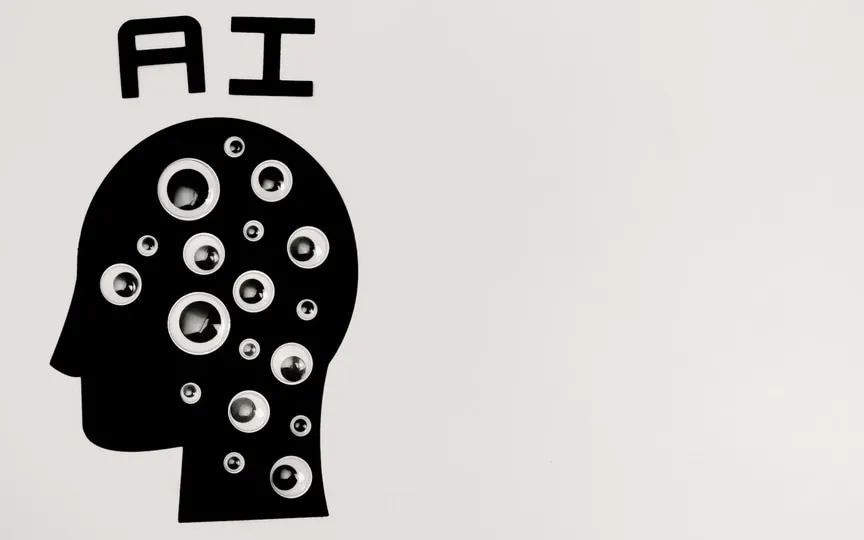Teachers See Potential Benefits of Chatbots in Math and Computer Science Classes
Algebra homework has been at risk of becoming obsolete ever since Jake Price, a teacher, started his career, thanks to the presence of Wolfram Alpha. This website offers online solutions to algebraic problems.
Teachers learn to work around it and with it, said Price, an assistant professor of mathematics and computer science at the University of Puget Sound. But now they have a new homework helper: generative AI tools like ChatGPT.
Price doesn’t see ChatGPT as a threat, and he’s not alone. Some mathematics professors believe that artificial intelligence, if used correctly, can strengthen mathematics education. And it comes at a time when math results are at historic lows and teachers are questioning whether math should be taught differently.
The Education Reporting Collaborative, a coalition of eight newsrooms, documents the crisis in school math and highlights progress. Members of the Collaborative include AL.com, The Associated Press, The Christian Science Monitor, Dallas Morning News, The Hechinger Report, Idaho Education News, The Post and Courier in South Carolina, and The Seattle Times.
___
Artificial intelligence can act as a tutor that gives immediate feedback to a student struggling with a problem. It can help the teacher to plan math lessons or write math tasks aimed at different teaching levels. It can show new computer programmers sample code, allowing them to skip learning how to write basic code.
As schools across the country debate banning AI chatbots, some math and computer science teachers see them as just another tool.
“Math has always evolved as technology has evolved,” Price said. A hundred years ago, people used slide rules and did all their multiplication with logarithmic tables. Then came the calculators.
Price ensures that students have the skills to solve problems on their own. He then discusses the limitations of the technologies they may be tempted to use when they return home.
“Computers are really good at doing boring things,” Price said. “We don’t have to do all the boring stuff. We can let the computer do it. And then we can interpret the answer and think about what it tells us about the decisions we need to make.”
He wants his students to enjoy looking for patterns, seeing how different methods can give different or the same answers, and how to interpret them to help make decisions.
Min Sun, a professor of education at the University of Washington, believes that students should use chatbots like personal tutors. If students do not understand a mathematical operation, they can ask ChatGPT to explain it and provide examples.
He wants teachers to use ChatGPT as their personal assistant: to plan math lessons, give feedback to students, and communicate with parents.
Teachers can also ask ChatGPT to recommend different levels of math problems for students who have different mastery of a concept, he said. This is especially helpful for teachers who are new to the profession or have students with different needs, Sun said.
“It gives you initial ideas and potential problem areas for students so I can be better prepared before I walk into the classroom,” Sun said.
A year ago, if you asked Daniel Zingaro how he assessed his introductory computer science students, he would have said, “We ask them to write code.”
But if you ask him today, the answer would be more complicated, said Zingaro, an assistant professor at the University of Toronto.
Zingaro and Leo Porter, professor of computer science at the University of California, San Diego, authored the book Learn AI-Assisted Python Programming with GitHub Copilot and ChatGPT. They believe that AI will enable introductory computer science courses to address big-picture concepts.
Many beginners get stuck writing simple code, Porter and Zingaro said. They never move on to more advanced questions – and many still can’t write simple code after completing the course.
“It’s not just uninteresting, it’s frustrating,” Porter said. “They’re trying to build something and they forgot the semicolon, and they waste three hours trying to find the missing semicolon” or some other syntax that prevents the code from working properly.
Chatbots don’t make these mistakes, giving computer science professors more time to teach higher-level skills.
Professors now ask their students to take a big problem and break it down into smaller questions or tasks that the code needs to do. They also ask students to test and debug the code once it is written.
“If we think about the bigger picture of what we want students to do, we want them to write software that is meaningful to them,” Porter said.
Magdalena Balazinska, dean of the University of Washington’s Paul G. Allen School of Computer Science and Engineering, accepts the progress of artificial intelligence.
“With AI support, human software engineers can focus on the most interesting part of computer science: answering big software design questions,” Balazinska said. “Artificial intelligence allows people to focus on creative work.”
Not all professors in the field think AI should be integrated into the curriculum. But Zingaro and Porter argue that reading a lot of AI-generated code doesn’t feel like cheating. Rather, this is how the student intends to learn.
“I think a lot of programmers read a lot of code, just like I think the best writers read a lot of writing,” Zingaro said. “I think it’s a very powerful way to learn.”




